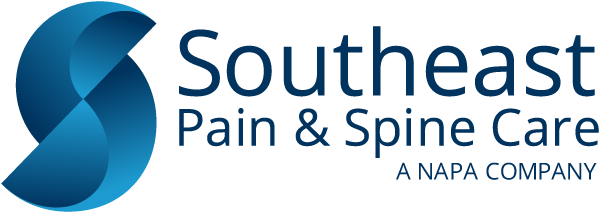Radiofrequency Lesioning: Things to Know
PUBLISHED ON:
July 10, 2020
Radiofrequency lesioning also referred to as radiofrequency ablation is a technique that has been practiced since the 1970s. The use of heat generated by radio waves is used to target specific nerves or nerve groups and turn off their ability to transmit pain signals to the brain. During this outpatient procedure, a needle or needles will be inserted near the area of pain, most commonly in the spine. An imaging scan method called fluoroscopy will be used to ensure the proper placement of these needles, similar to spinal cord stimulation procedures. These needles will deliver radio waves to the targeted nerves in combination with heat to interrupt pain signals. The voltage of these currents is controlled so that the temperature never exceeds 42 degrees Celsius (107.6 degrees Fahrenheit) in order to ensure there is no damage done to anything outside the targeted nerves.
Why Choose Radiofrequency Lesioning
Radiofrequency lesioning is done by pain management physicians to help reduce chronic pain. Most often, this treatment is recommended for individuals who experience chronic pain in the back, neck, hip, buttocks, or knee. Patients who have not been able to see any reduction in pain with medications or physical therapy may be strong candidates for radiofrequency lesioning. There are many conditions that attribute to chronic back pain. Various forms of arthritis, fibromyalgia, and facet joint pain can lead to chronic pain. Arthritis is one condition that has seen successful pain reduction with radiofrequency lesioning. If a patient has a condition or anything that would not allow them to undergo surgery, this form of treatment may also be suggested to them.
The level of pain relief that comes from radiofrequency lesioning can vary from patient to patient. Pain relief can last anywhere from six to twelve months in some patients while others find that their pain relief lasts for years. 70% of patients treated with radiofrequency lesioning experience pain relief, therefore, it is a successful treatment option in interventional pain management.
Risks and Recovery
As with any procedure, there are risks associated with radiofrequency lesioning. These risks include:
- Temporary numbness
- Leg numbness
- Temporary pain at the procedure site
- Infection
- Bleeding
- Nerve damage
- Alopecia if performed in proximity to the face
Although possible, the chance of complications from radiofrequency lesioning is very low. It is always encouraged to talk to your physician regarding your chance of complications and to be sure any questions and concerns you may have are addressed.
Because this is an outpatient procedure the recovery is fairly mild. Following the procedure, a bandage will be placed over the injection site which can be removed at bedtime. The most immediate restrictions include:
- No driving or operating machinery for at least 24 hours
- No engaging in strenuous activity for at least 24 hours
- No taking a bath within 24-48 hours of the procedure
- Shower 24 hours after the procedure
- No use of heating pads on the injection site
After the procedure, patients will be given discharge and recovery instructions. If there is discomfort at the injection site, ice may be applied. Any discomfort typically wears off within two or three days. Although this is not a permanent solution, radiofrequency lesioning is a minimally invasive treatment that can offer long-lasting pain relief for many patients.
PUBLISHED ON:
July 10, 2020


